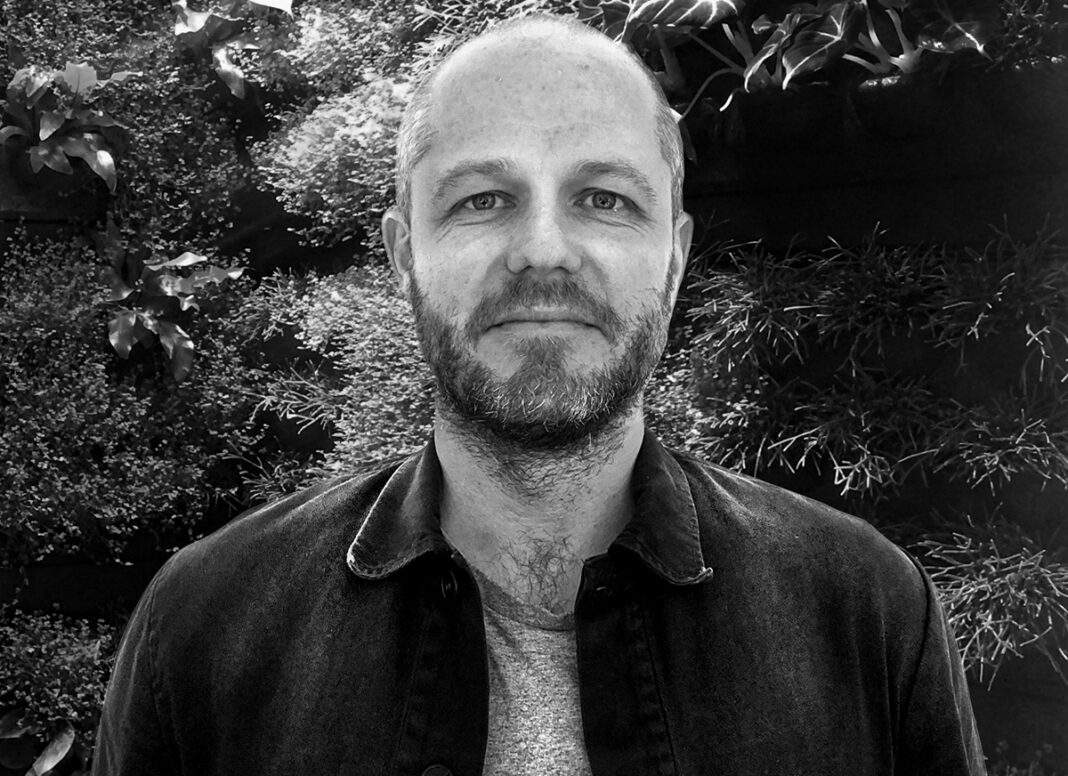
By Neil Bancroft, a senior landscape architect at HarrisonStevens
ON Thursday we mark World Earth Day, the annual call-to-action to take whatever steps we can to heal our planet. The theme this year is ‘restore our earth’, an imperative that conveys both the urgency of the situation and the suggestion that it is not yet too late to make a difference and to stop squandering our natural capital – the ecosystems, soils, freshwater, air and oceans on which we depend.
Only 3% of the world remains in pristine condition. All landscapes and ecologies have been changed by human interventions; often they are polluted, and all contain plastic waste. But nature adapts to these changes; animals, plants and fungi find their niche; farmed fields, coppiced woodland, or post-industrial land have their own ecology. We need to understand and celebrate what exists and then find ways to increase biodiversity in the context of climate adaptation and land use change.
As landscape architects it is our responsibility to bring together nature, communities, and development so that all three can flourish. At Custom House Quay in Glasgow HarrisonStevens is part of the team led by Hawkins\Brown architects that is working with Glasgow City Council to regenerate both banks of the River Clyde to create more public green space within the heart of the city through a Glasgow City Region City Deal funded project; giving a softer edge to the Clyde and turning the stretch of river from Central Station to the Clutha bar site into somewhere that is beneficial for people and nature.
On the Roseburn to Union Canal Path Link in Edinburgh we are creating a green corridor for people and wildlife alongside the Western Approach Road through one of the most congested parts of the city. With space to grow food, new plantings of fruit and ornamental trees, an upgraded play area designed with the help of P6 pupils at Dalry Primary School and a management plan that involves the local community, this is restoration in action, with the aim of creating healthy spaces where nature and people can co-exist.
Tartan Leisure are developing Wavegarden Scotland at Ratho, near Edinburgh, into this country’s first inland surfing destination and we are working with them to transform the disused quarry where it is set into a country park that is nature-rich and resilient to climate change. It will have meadows and woodland, marginal habitats for aquatic plants and creatures, strengthened wildlife corridors and new tree planting.

Wavegarden Scotland was the first project in Edinburgh to include ‘natural capital’, the analysis of the social and environmental cost benefits of the project, as part of its planning application. The need to consider natural capital was central to the conclusions of The Dasgupta Review into the economics of biodiversity that was published by the UK Government in January. It spelled out the need for us to see ourselves as part of nature and not outside of it if we are to overcome our problems.
Effective landscape architecture combines science and policy to create inspiring solutions to climate change and while the pandemic has shown how connecting with nature can improve mental and physical health, we need to capitalise on the temporary interventions that have come about over the last year and embed these principles into our future designs. At HarrisonStevens we are curious and ask the difficult questions in order to create a legacy that endures the changes that are being predicted to our weather patterns. Nature based solutions are part of the answer to the climate crisis and can act as a catalyst in the change that will allow communities to thrive.











